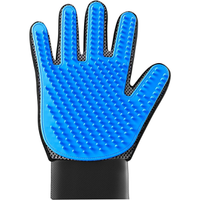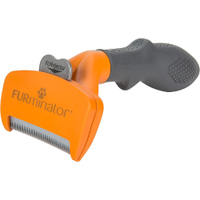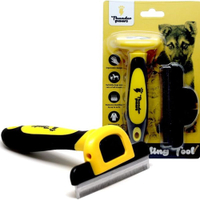5 dog coat types and how to care for them
Knowing the different dog coat types can help you keep your hound's coat in tip-top condition

Every dog is unique, and that’s partly down to the huge range of dog coat types out there. You’ll have noticed curly coats and short-haired coats and big, thick, double coats when out walking your dog.
And, if your dog has one of the harder-to-care-for coat types, it’s likely you’ve spent some time getting familiar with your dog’s fur. So, just how many dog coat types are there? And are some easier to care for than others?
Whether you've got a long-haired hound or one with a wiry coat, this article will show you how to groom your dog no matter what coat type they've got, including understanding a dog's hair type and what the best dog brush is for the job!
Understanding coat types
While dog hair has the same basic microscopic structure, how those hairs are combined and minor differences in the anatomy can make a huge difference to how your dog’s coat looks and feels.
Not only does the length of the hair have an impact, but the presence of an undercoat or the absence of a slight curl can turn a low-shedding dog breed into a hair monster. Although dogs may have been bred to have a particular coat type because of the way it looks, most breeds have been bred for a purpose – be that snow survival or retrieving in water – and their coats will often reflect this.
Coat type is inherited – a puppy will have the coat type of his parents. But reality is a little more complex. Whilst purebred dogs usually have predictable coats due to hundreds of years of careful breeding, mixed-breed dogs, like Cockapoos and Labradoodles, can have very unpredictable coat types.
Puppies can have the coat type of one parent, or a combination of the two, depending which genes they inherit and which are dominant. And any puppies from that dog can have a coat type like his parents, or like his grandparents – it can be quite a shock when a litter of Labrador coats is born to Labradoodle parents!
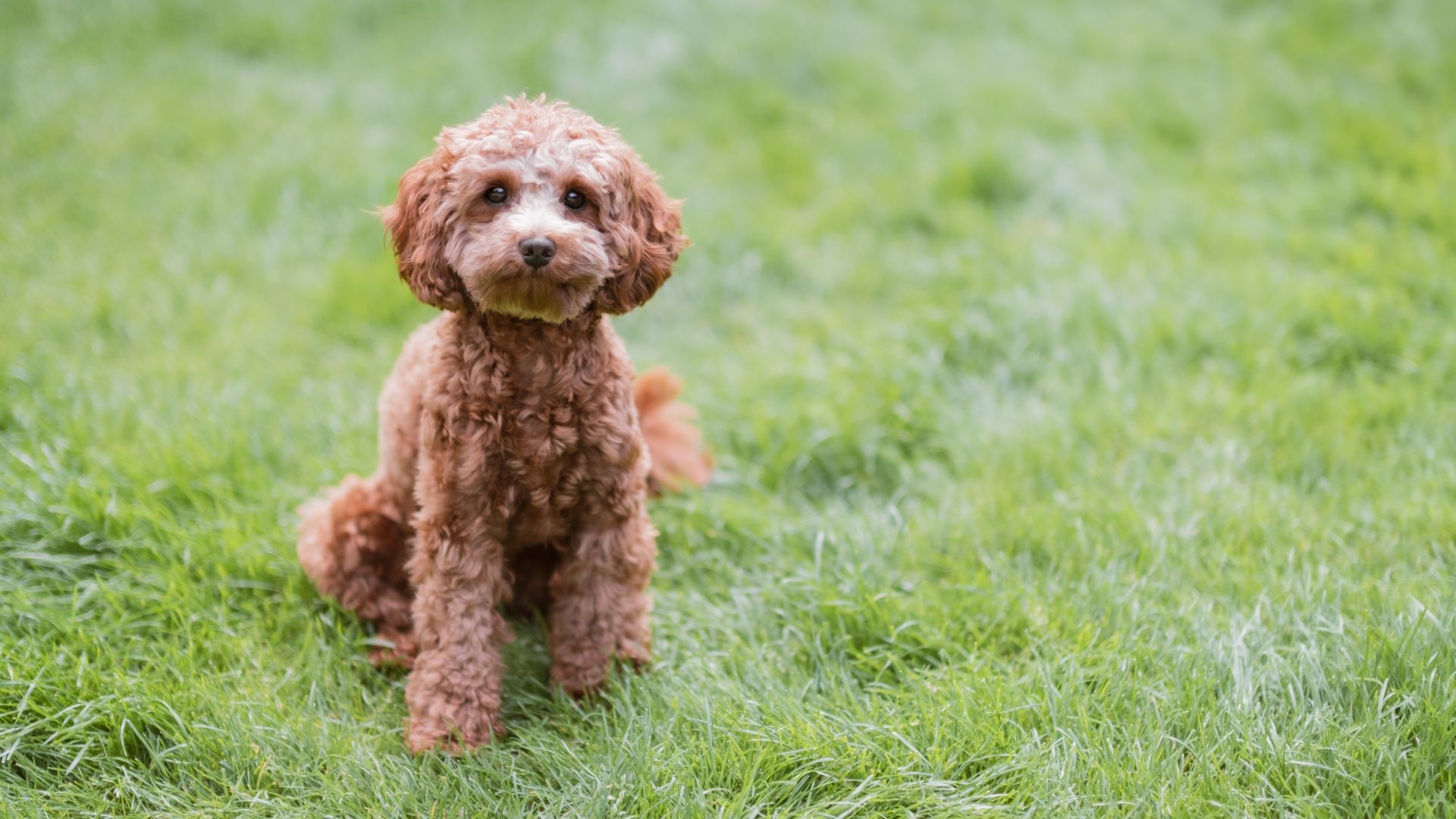
How are coat colors, patterns, and markings inherited?
If inheritance of coat type is complex, then the inheritance of coat color is an enigma! The patterns and markings on dog coats add even further to their variety, and ‘rare’ colors are highly sought after.
Purebred dogs have to have a predictable ‘look’ – which is how to breed standard came to be. If you look at any breed registered with The Kennel Club, you’ll see that they have certain colors and color combinations that are allowed.
In some breeds, this color selection may be very limited. Pugs, for instance, are only allowed four colors to fit the breed standard – fawn, apricot, silver with black masks, or black all over. Any other color is non-standard and is not recommended for breeding. In others, the color options are huge – Border Collies register over 50 accepted colors and markings!
It’s worth researching coat color in your chosen breed before buying, as breeders often promote non-standard colors as being ‘rare’ and therefore more desirable. In fact, some breeders are purposefully breeding non-standard colors together to try to reliably produce ‘rare’ dogs, resulting in dogs with a very small gene pool that could have hidden genetic problems.
Types of dog coat
With such a huge number of dog breeds, describing coat type in dogs can be difficult. In order to simplify things, dog coats are usually categorized into five types.
These ‘dog coat types’ vary in thickness, length, and curl. Whilst some dogs are easy to categorize, many popular breeds fit into more than one category. Let’s take a look at them below:
Short-haired dogs
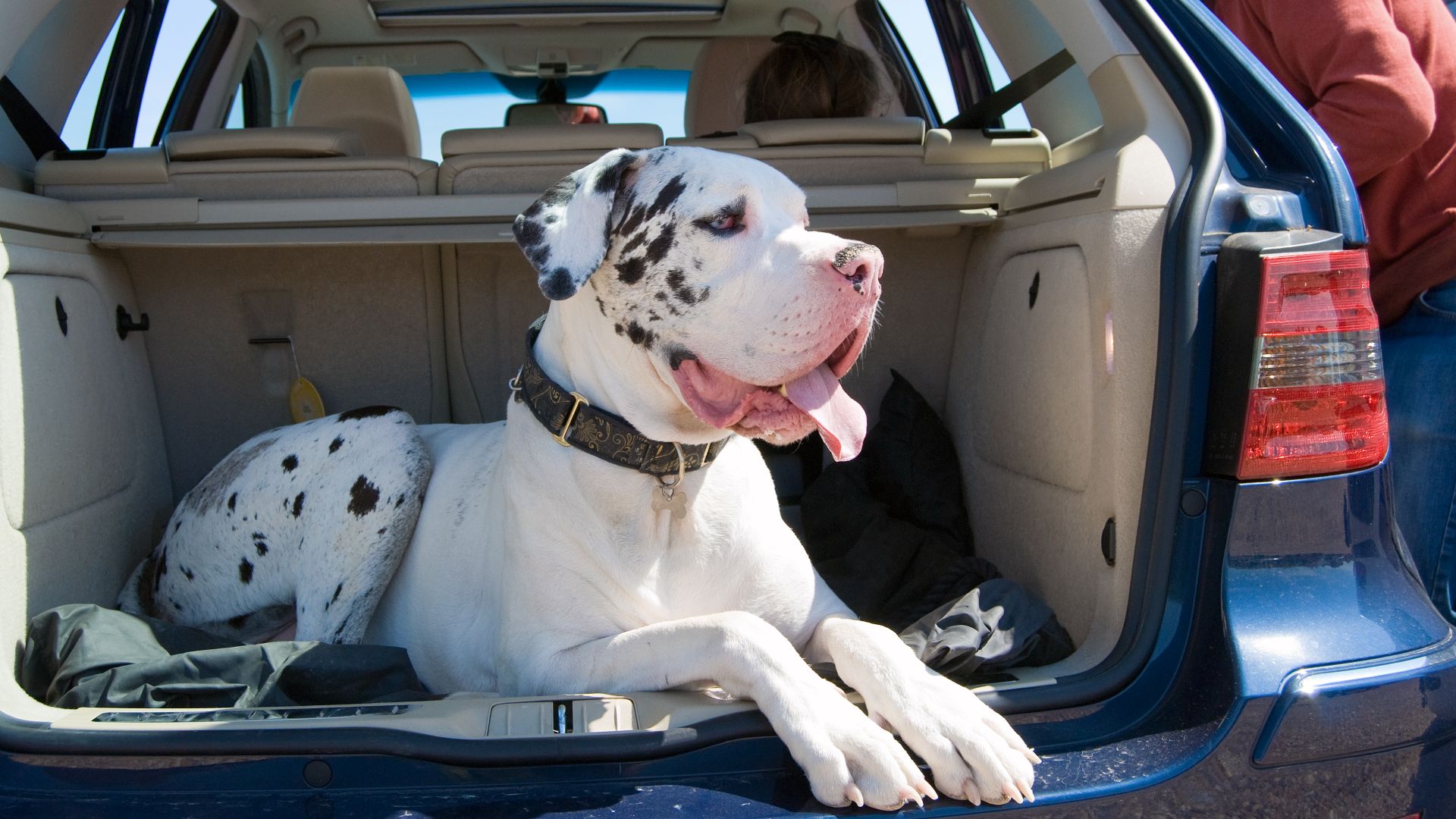
Smooth-coated dog coats are the easiest to care for. They have thin fur that sits close to the skin and is short, sleek, and smooth-feeling. Generally, fur length in smooth-coated breeds is no more than a couple of centimeters.
While they shed twice a year and lose hair throughout, short-haired dog breeds have less hair than some other coats and tend to make less mess than double-coated breeds and long-coated breeds. Popular smooth-coated dog breeds include:
Double-coated dog coats
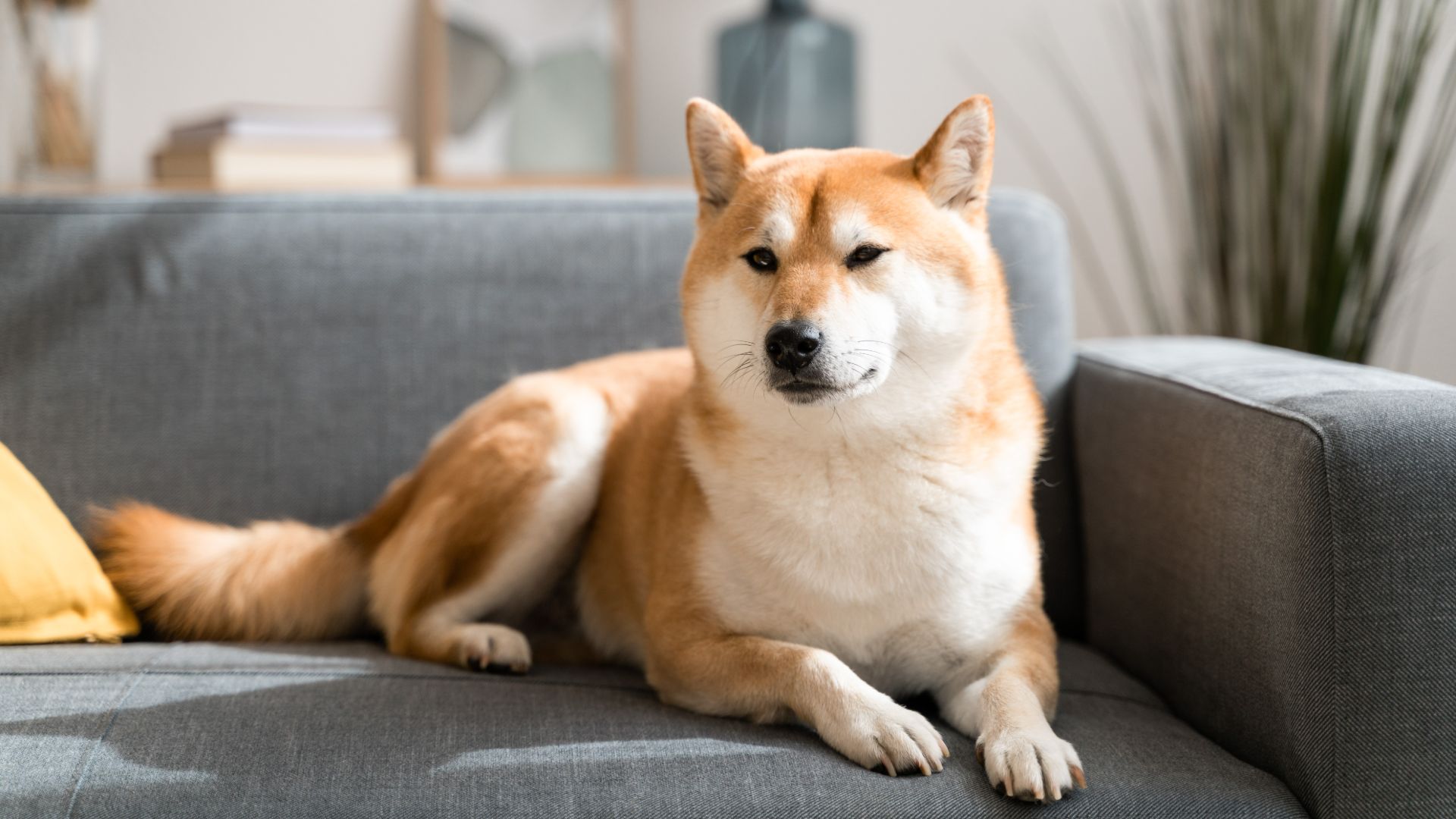
Double-coated dogs tend to have thick, shaggy fur due to a thick undercoat and a top coat of ‘guard hairs’. These dogs have a lot more hair than a smooth-coated dog, so require more care to keep on top of the coat, and are prone to dramatic shedding known as a ‘seasonal blowout’.
The double coat serves to insulate these dogs from cold weather, so these coats usually belong to breeds bred for working in the North, or at high altitudes. Examples include:
Long-haired dogs
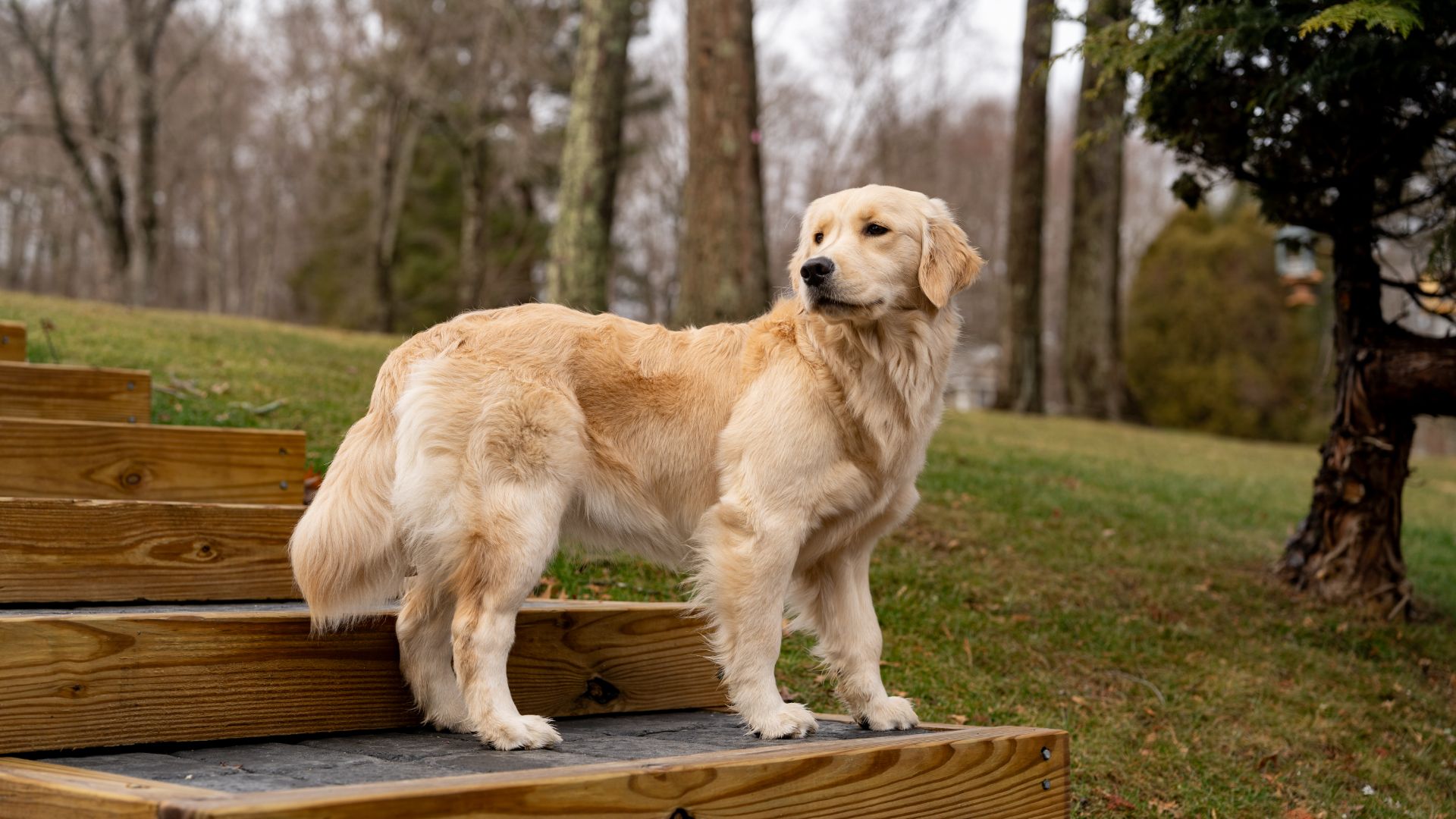
In long-haired dog breeds, each individual hair is quite long. And depending on whether the hair is smooth or rough can result in a silky coat or a rougher, more wiry texture. Dog breeds with long coats need regular home care to make sure their long locks don’t get tangled.
Whilst they don’t shed any more than smooth-haired dogs, their hairs are much longer and may be more noticeable. Examples of long-coated dog breeds include:
- Golden Retriever
- Springer Spaniel
- Afghan Hound
- German Shepherd
- Shih Tzu
- Yorkshire Terrier
- Flat-coated Retriever
Wire haired dog breeds
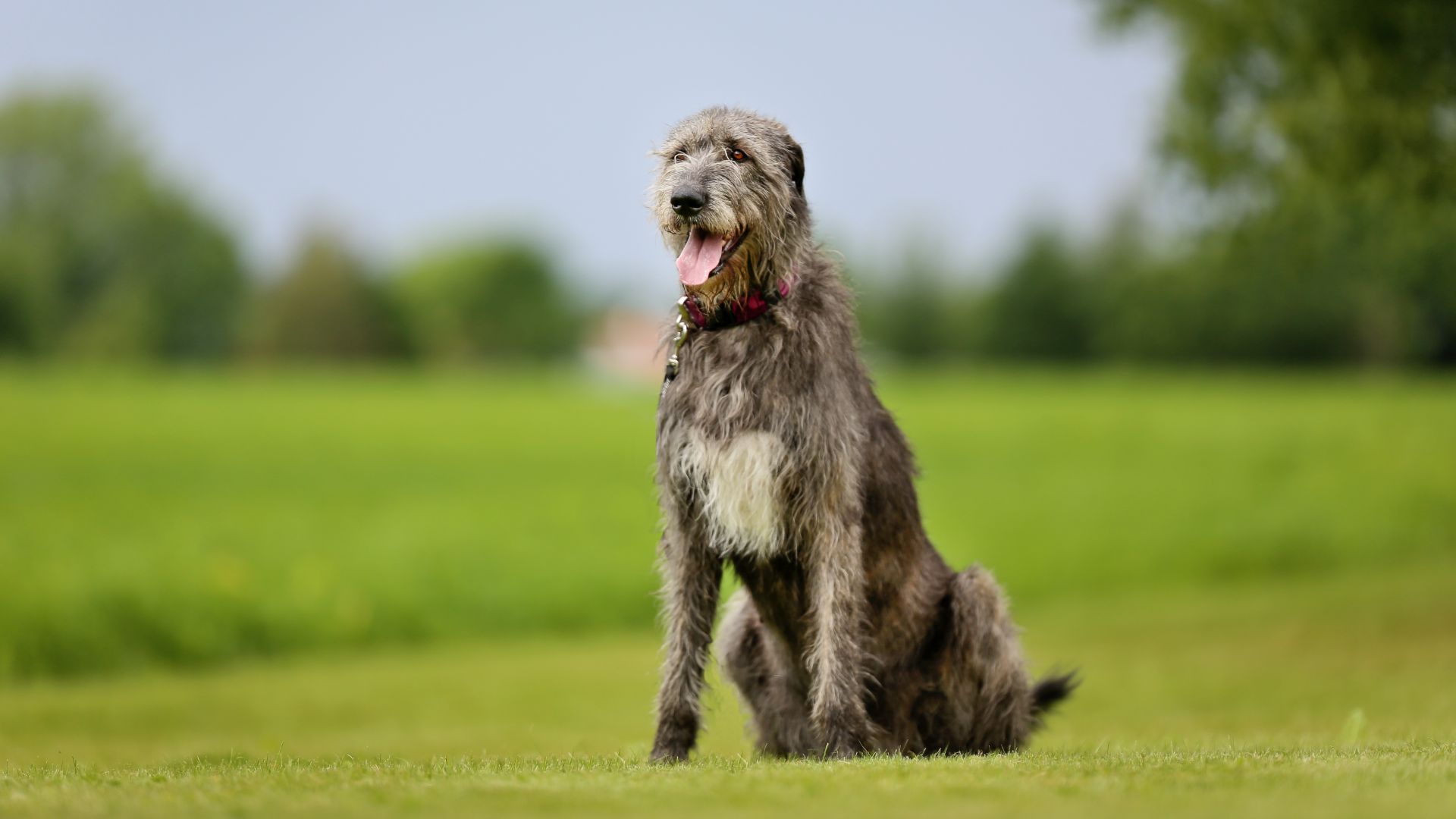
Then we have wirehaired dog breeds. These dogs have an outer layer of rough hair, giving them a bristly look and feel. These dogs tend to shed less than other dog breeds and eventually need ‘stripping’, where the outer hair layer is removed by hand to make room for the new layer. Common breeds with wire coats include:
- Border Terrier
- Wirehaired dachshund
- Irish Wolfhound
- Wirehaired Jack Russell Terrier
- Patterdale Terrier
Curly-coated dogs

Lastly, we have the curly-coated dog breeds. These dogs usually have tight curls in their coat, originally bred in to improve water repellence. However, more recently these coats have been praised for being low-shedding, making them hypoallergenic dog breeds (meaning they are less likely to cause allergies for some people).
Despite this, they can require a lot of care, both at home and in the grooming salon. Dog breeds with curly coats include:
- Poodles (and sometimes their crosses – Labradoodles, Cockapoos, Goldendoodles, Poochons etc)
- Bichon Frise
- Portuguese Water Dogs
- Airedale Terrier
- Welsh Terrier
- Bedlington Terrier
How to care for each coat type
With all these different types of dog coat, it can be hard to know where to start with grooming and different types of dog brush. First, try to identify the type of coat your dog has. If you’re stuck, you can ask a dog groomer or your vet to help you. Next, just follow these steps for grooming different dog coat types:
Short haired dog breeds
Brushing once or twice a week with a soft bristle brush is usually all that is needed for smooth-coated dog breeds. You may need to use a rubber brush when your dog is molting.
Here’s more advice on how to groom short-coated dog breeds.
Kennels & Kats Pet Grooming Glove Set | Amazon
These comfy grooming gloves have 260 silicone bristles to help smooth and distribute oils through your dog’s coat.
Double-coated dog breeds
Double-coated dog breeds benefit from grooming with a de-shedding rake before brushing, in order to remove dead hair from the undercoat. Matts and tangles can form quickly, especially in shedding season, so brushing daily or every other day is a good idea.
Here’s more advice on grooming double-coated dog breeds.
Furminator Undercoat Deshedding Tool For Dogs | Amazon
Designed to feel comfortable in your hand with an ergonomic, gripped handle and equipped with a skin guard to prevent the brush from dragging along your dog’s body.
Long-haired dog breeds
Dogs with long coats tangle easily. A detangling comb, carefully worked through any knots, is sensible before moving onto a brush. A slicker brush works well for these dogs, followed by a soft brush if you have a soft-coated long-haired dog, to bring out the shine. Daily brushing is recommended to remove bits of undergrowth before they turn into tangles and mats.
Thunderpaws Pet Dematting Rake | Amazon
A professional-grade grooming tool that helps ease shedding – reducing the amount of hair in your home.
Wirehaired dogs
Dogs with wire coats need little care throughout the year – weekly or biweekly brushing with a slicker brush or rubber brush keeps the coat in good condition. However, the dead hair will occasionally need removing using a stripping brush or by hand-stripping.
The frequency of stripping depends on your method and your dog’s coat – many dogs require this annually, but others will need it more frequently. Your groomer can show you how to hand-strip your dog’s coat if you aren’t sure how.
Curly-coated dogs
Dogs with curly coats like poodles and poodle-crosses need the most care of all. It’s very common for dogs to be left matted and uncomfortable when people underestimate how much grooming a cockapoo needs. For those with short-clipped coat, a daily brush with a detangle comb or slicker brush is usually adequate. However, if you choose to let your dog’s hair grow longer, you’ll need to take extra care (and lots of extra time!) to make sure no tangles form.
There are lots of different dog coat types, as any walk down the street will show you. The huge range in looks is one of the things we love about dogs, but if you are considering buying a dog, it’s worth researching the amount of care your dog breed coat type will need as it can vary hugely.
Since dog coats can vary within a breed and especially with crossbreeds, it’s worth asking a dog groomer or vet for grooming tips if you aren’t sure what sort of coat your dog has.
Looking to improve your dog’s coat? Check out our guide to the best dog shampoos and best dog conditioners
Edited by Georgia Guerin.
Recent updates
This feature was last updated on February 10, 2025.
PetsRadar Newsletter
Get the best advice, tips and top tech for your beloved Pets
After graduating as a vet from the University of Nottingham, Dr Joanna Woodnutt went on to practice companion animal medicine in the Midlands. Since then, she has also written for countless online and print publications and is a regular contributor for Edition Dog Magazine.
